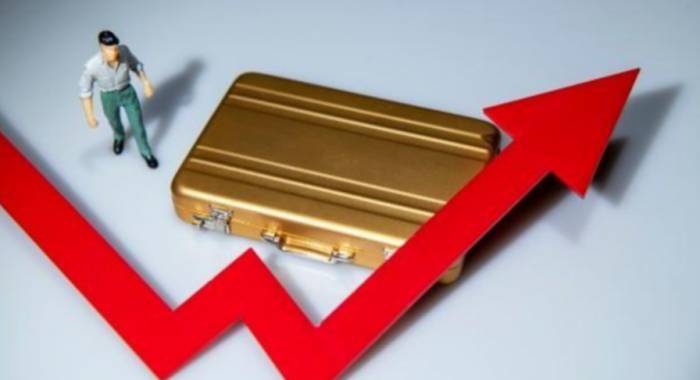ECB Cuts Rates Amid Eurozone Economic Strain
Recently, the European Central Bank (ECB) announced a rate cut, which has garnered widespread attention from the market. The rate cut reflects the downward pressure on the Eurozone economy, so let's delve into this phenomenon.
The ECB's rate cut decision has once again made headlines! In the current complex and ever-changing global economic landscape, this move by the Eurozone undoubtedly provides many investors and economic observers with much food for thought and insight. So, what does a rate cut actually mean? And why choose to cut rates at this time?
Firstly, the ECB's rate cut indicates a high level of vigilance regarding the current economic situation. With the global economic growth slowing down, the Eurozone economy is also facing severe challenges. Data shows that the GDP growth rate of the Eurozone has noticeably decelerated, and some countries have even begun to show signs of economic recession. Under these circumstances, the ECB uses rate cuts as an important means to stimulate the economy, aiming to promote consumption and investment by reducing the cost of borrowing, thereby driving economic recovery.
Advertisement
In fact, the rate cut is not an isolated event but a result intertwined with various factors. First, changes in the inflation rate are worth paying attention to. Although the Eurozone has experienced a period of high inflation, recent price increases have significantly slowed down, giving the central bank room to cut rates. At this time, stimulating the economy through rate cuts becomes particularly important. Moreover, rate cuts can also promote consumption and investment, forming a virtuous economic cycle.
Furthermore, the uncertainty of the global economy is also an important backdrop for rate cuts. Whether it's the pressure from Sino-American trade frictions or geopolitical tensions, they all affect the external environment of the Eurozone to varying degrees.
Faced with such a situation, the ECB's prudent decision-making is particularly necessary. Enhancing market confidence and stabilizing economic expectations through rate cuts can be considered one of the effective strategies to deal with uncertainty.
Of course, the impact of rate cuts is not limited to the economic sphere. Many ordinary people may notice the reduction in bank deposit interest rates, which means facing lower returns on deposits. This is undoubtedly a burden for those who rely on fixed income. At the same time, rate cuts may intensify the demand for housing loans, and what impact this will have on the real estate market is also a question that needs to be monitored in the future.
Looking further, in the long run, rate cuts may affect the exchange rate of the euro. On one hand, rate cuts could lead to capital outflows, depressing the euro exchange rate; on the other hand, if the economic recovery is good, it may attract capital inflows, providing support for the euro. Therefore, how to view the long-term impact of rate cuts on the euro exchange rate will be an important issue that market participants must consider.
In addition, the implementation of rate cut policies is often accompanied by the coordinated use of other monetary policy tools. For example, unconventional policies such as quantitative easing (QE) may also make a comeback to enhance the effects of rate cuts.
Under these circumstances, market attention to liquidity will rise, and the pricing of various assets may also change accordingly.At the same time, we must also mention that lowering interest rates is not a panacea. While it can stimulate the economy in the short term, it may not fundamentally solve economic difficulties if structural issues are encountered. Therefore, the resilience of the economy and the innovative capacity of enterprises are the true keys to determining the long-term sustainable development of the economy. While implementing interest rate cuts, the government also needs to fully consider the necessity of industrial structure adjustment and reform to ensure that the economy can get back on track in future development.

In general, the European Central Bank's interest rate cut is a response to the downward pressure on the economy. The deeper meaning behind it is not just to promote consumption and investment, but also a positive reaction to the entire economic environment. Faced with current challenges, how to grasp market changes and investment opportunities will be a question that every investor needs to think about seriously.
Finally, it is recommended that everyone closely monitor subsequent data and policy changes. Whether it is economic indicators, further actions by central banks, or changes in market sentiment, they will all provide us with important references. I hope that every friend who is concerned about the European economic zone can find their own investment opportunities in this wave of interest rate cuts and move forward steadily!
Leave a comment